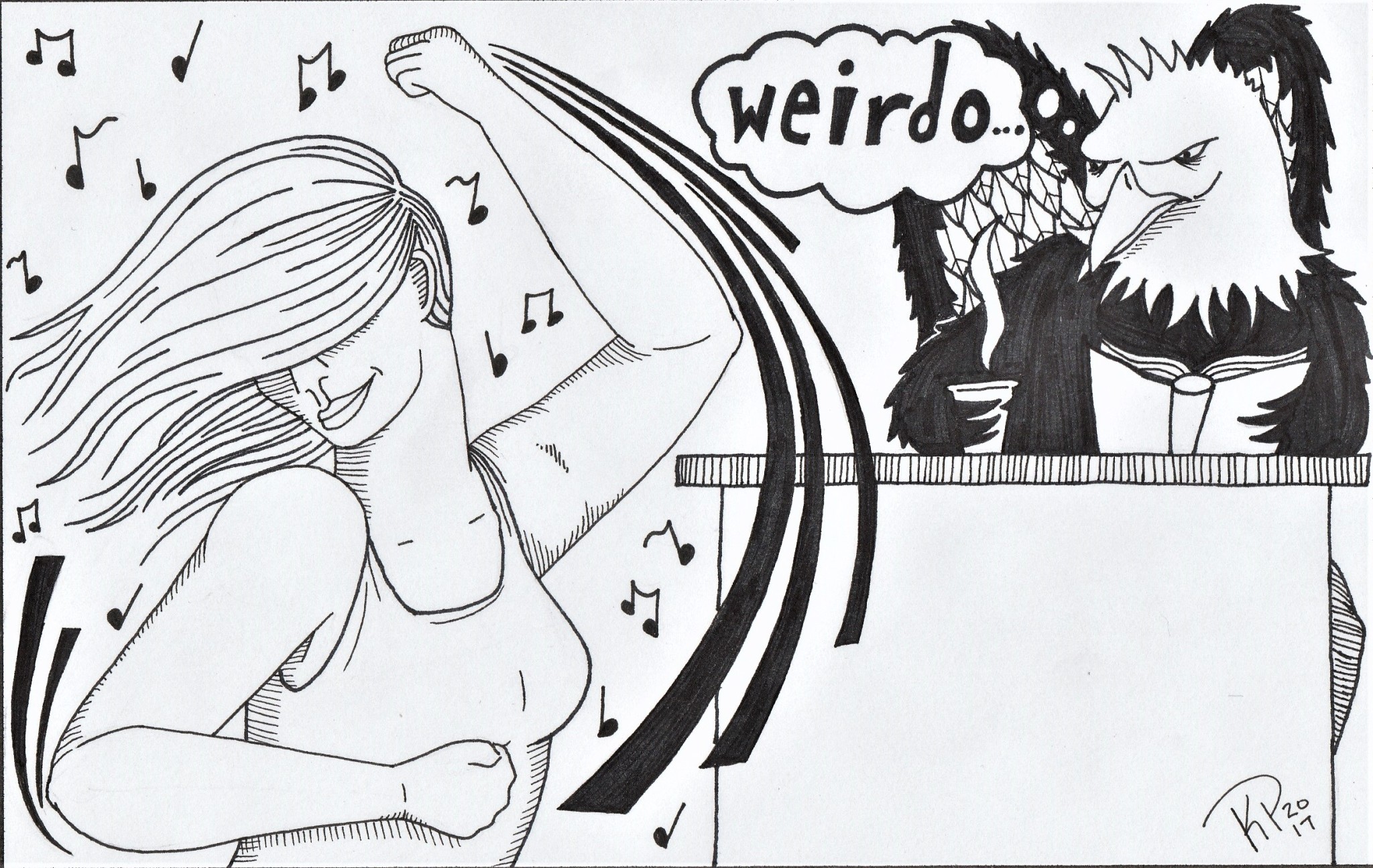At family weddings, I used to stay on the sidelines and watch people “twist and shout.” My father and my uncle, however, were always the ones to pull me away from the lonely corner and grasp my hands as we mouthed the lyrics to “Build Me Up Butter Cup.” As we danced, I would catch myself smiling without reason.
Since then, I have trained as a dancer, and it has greatly influenced my perspective on the art form. Music happens to be a very visual and physical experience for me. Dance, therefore, has always been a physical release of my reaction to music — that’s how I was trained to respond for years. And now that I have left the field of professional dance for about two years, it is strange not having that regular release.
Other than a couple of wonderful campus venues and organizations, there are very few distinguished places in college where it is socially acceptable to dance in public. Some include: dimly lit parties, crowded concerts and “clubs” (a questionable place if you live in Williamsburg).
Due to Williamsburg’s lack of dance floors, I have found a new love for dancing in random spaces. It releases some sort of inhibition in me that is otherwise trapped. People are uncomfortable with dancing in public places because it isn’t the social norm. They either are afraid they would seem a bit weird or they aren’t as confident in how they dance. Because let’s face it — life isn’t “High School Musical 2” where you have specialized choreography as you run around empty golf courses — nor should it be. Dancing should be spontaneous and free; unless you are actually in a musical, in which case you should probably follow the person in front of you.
Dancing is incredibly healthy for you as well. A study featured in the New England Journal of Medicine analyzed the effect of cognitive and physical exercises and their relation to dementia in senior citizens. Dancing was the only physical exercise (out of 11 other choices) that was proved to be significantly effective in decreasing the risk of dementia. This is likely due to the fact that you are incorporating numerous parts of the brain when you dance, increasing brain plasticity and strengthening neuron connections.
But science aside, dancing is incredibly fun — especially when done spontaneously in the middle of Swemromas. It is an exhale of happiness for your brain, just allowing your body to do whatever. Having others watch in confusion and fear is just part of the freedom and joy.
Though I am dedicating this article to the subject of dance, I am more so talking about a way of life: do anything that makes you happy and confident. Personally, I express myself most when I dance — but that is of course not the only option. Virtually anything from wearing Halloween socks in April to laughing really loudly in public is fair game. The more willing we are to freely express ourselves in college, the more comfortable campus may be.
Spreading joy and wonder to stressed students makes us realize that there are simple and good things in life to look forward to. Just turn on your favorite song, walk in the middle of the crowd and go for it. It all starts with pulling people away from the corner and inspiring them to smile for no reason.
Ellie Moonan is a Confusion Corner columnist who believes in tearing down walls, one electric slide at the time.

